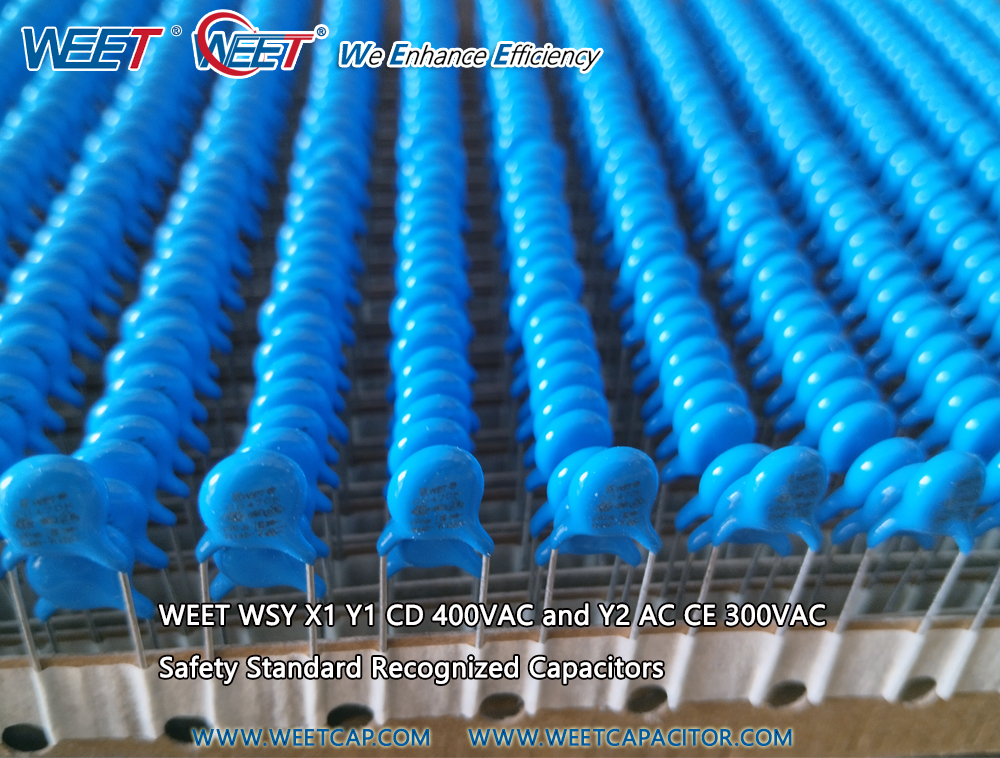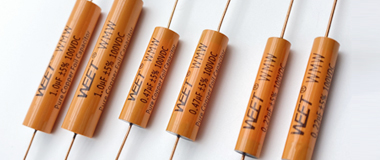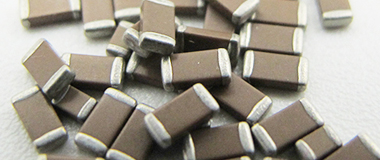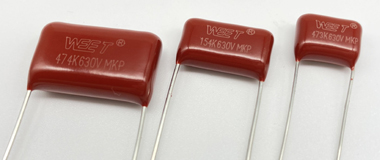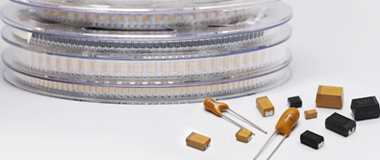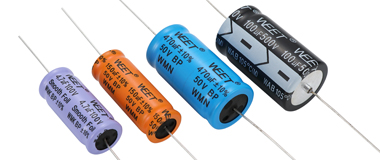Safety capacitor, also known as safety specification capacitor, is a type of capacitor that combines capacitance characteristics and safety. Its uniqueness lies in its ability to quickly release charges after a power outage, effectively preventing electric shock to the human body. At the same time, even if the safety capacitor fails, it will not cause harm to the human body.
Due to its important safety role, safety capacitors are usually placed at the input interface of switch mode power supplies to ensure safety and electromagnetic compatibility.
What is the The difference between X capacitor and Y capacitor
The term 'safety capacitors' actually encompasses two main types: X capacitors and Y capacitors. These two types of capacitors can be further subdivided. According to the safety level, X capacitor can be divided into X1, X2, X3, while Y capacitor can be divided into Y1, Y2, Y3, Y4. By observing the shape of the object, we can easily distinguish between these two types of capacitors
X capacitor is used to suppress differential mode interference and reduce resistance capacitance voltage. Among them, suppressing differential mode interference is its core function, and the commonly used X capacitor has a capacity of uF level, especially the X2 capacitor, which is widely used. In practical applications, X capacitors can be connected across the input lines of switching power supplies to effectively suppress differential mode interference and improve EMC performance.
In addition, it can also be connected in parallel with a resistor and connected in series at the power input interface to achieve the function of resistance capacitance voltage reduction.
And Y capacitors are mainly used to suppress common mode interference. This function is particularly important in switch mode power supply circuits. The commonly used capacitor capacity is nF level, with Y1 capacitor being the most commonly used. Y capacitors usually appear in pairs at the input interface of switching power supply circuits to work together to suppress common mode interference.
In addition, it can also be connected across the primary and secondary grounds or between the secondary and secondary grounds of the switching power supply, significantly reducing the common mode interference flowing through the ground and further improving EMI performance by bypassing the common mode interference of the secondary ground to the primary ground.
https://www.weetcap.com/Ceramic-Capacitors/WEET-WSY-X1-Y1-CD-400VAC-and-Y2-AC-CE-300VAC-Safety-Standard-Recognized-Capacitors.html
